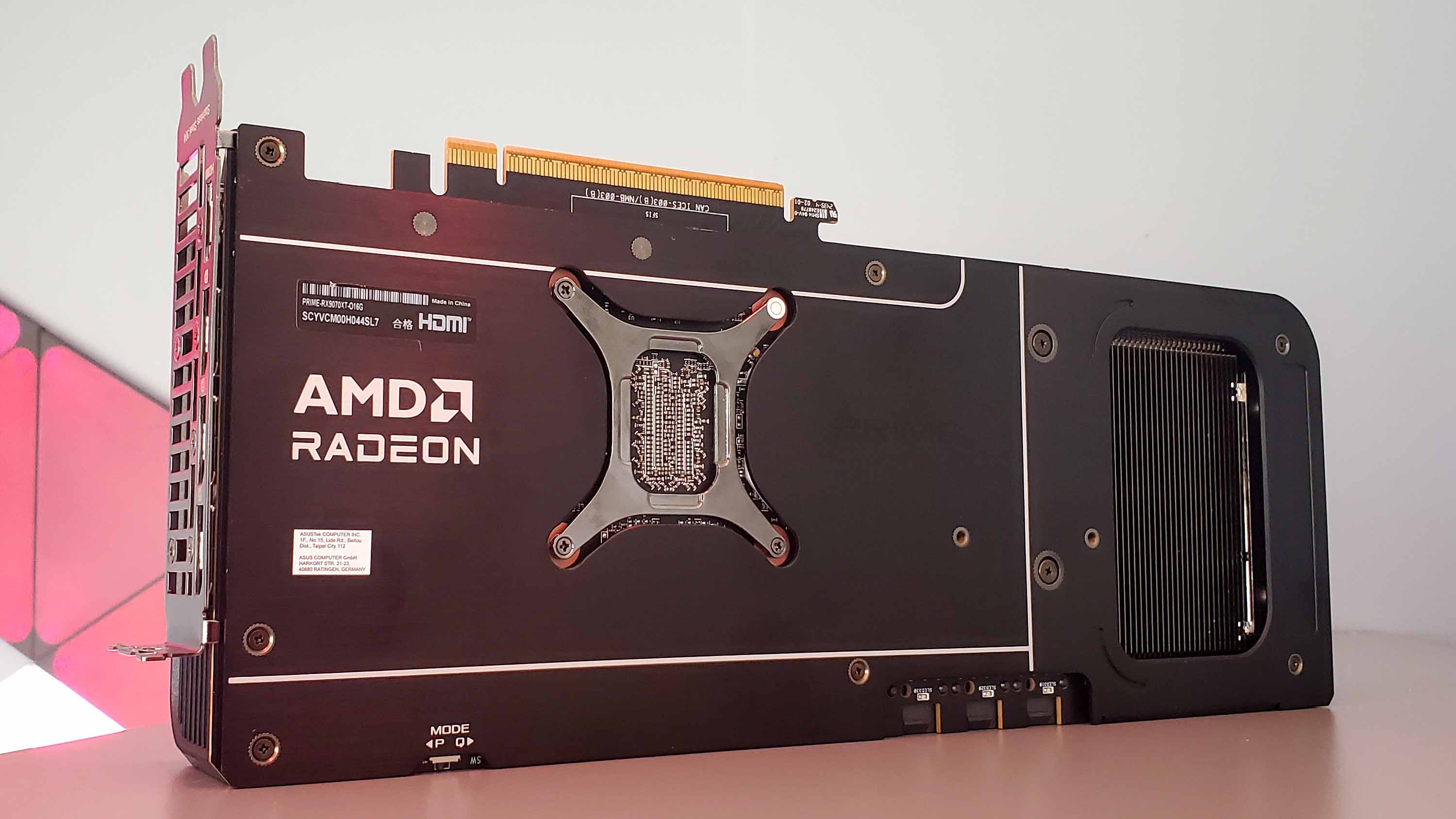Getting more performance out of your graphics card these days is a lot harder than it used to be, as they now overclock themselves and have hard power limits, AMD and Nvidia's latest GPUs are proving to be a big exception to this. Getting around all of that isn't always easy but in the case of one Radeon RX 9070 model, a simple BIOS flash is all you need to turn it into a potential RX 9070 XT beater. AMD's recently launched Radeon RX 9000-series comprises just two models at the moment: the RX 9070 and the RX 9070 XT .
The latter is the 'full die' version, sporting 64 CUs (Compute Units), a boost clock of 2.97 GHz, a power limit of 304 W, and 16 GB of VRAM. The RX 9070 is very similar: just four fewer CUs and the same amount of VRAM, but with a much lower 220 W power limit and a boost clock of 2.

52 GHz. Since there's only a $50 difference in the cards' MSRPs, PC gamers have been snapping up the XT version en masse, leaving them in short supply and forcing their prices sky-high. But one curious modder has discovered that it's possible to flash the Asus Prime RX 9070 OC BIOS with the one from the Prime RX 9070 XT OC (via 3D Center ), giving the weaker model the same clock and power limits as its bigger brother.
The BIOS in question can be found in TechPowerUp's BIOS database , along with the software tool required to do the job. Now, I hasten to add that any RX 9070 reading this who might be tempted to try the same thing should note that this BIOS will almost certainly not work on any other model and even if you do happen to have an Asus Prime RX 9070, you need to be very careful about doing the whole procedure. As to why you should even think about it in the first place, the Asus RX 9070 OC has an outright maximum clock speed of 2.
61 GHz, whereas the XT version can go all the way up to 3.03 GHz—that's a 16% increase, substantially more than what you'd normally get with a manufacturer's 'overclocked' model. And to help the card sustain that higher speed, the power limit is also increased to 304 W (38% more).
The modder reckons that his flashed RX 9070 is faster than a stock 9070 XT, but I'd want to see a lot more tests done to be certain of that because while the latter has a marginally slower boost clock, it does sport 512 more shader units. Even though the Asus Prime RX 9070 only has two 8-pin power connectors to the XT variant's three, it's enough to handle the 304 W peak power consumption, so at least that's something we don't need to be concerned about. However, the flashed RX 9070 is apparently a little unstable in idle desktop mode due to the higher clock speeds and that is something to think twice about.
The biggest gaming news, reviews and hardware deals Keep up to date with the most important stories and the best deals, as picked by the PC Gamer team. This is all very much classic AMD, and down to its rule-of-two release cadence where it generally offers two cards based on the same GPU at launch. The whole exercise reminds me very much of AMD's Vega 56 days.
Everyone wanted the full-fat Vega 64 card, but just as with the 9070 XT, it was in high demand, resulting in low stock and high prices. However, the Vega 56 could be flashed with a Vega 64 BIOS, increasing its clock and power limits to the point where you could get a 64 card for 56 money. It was the same around the very first RDNA cards, too.
The RX 5700 XT was the top card, but the RX 5700 used the same chip and could be flashed with the top-spec card's BIOS to unlock its power and frequency limits—again, giving you essentially high-end GPU performance from one tier down. Best CPU for gaming : The top chips from Intel and AMD. Best gaming motherboard : The right boards.
Best graphics card : Your perfect pixel-pusher awaits. Best SSD for gaming : Get into the game ahead of the rest. Ultimately, though, you have to ask yourself whether it's worth doing for the sake of 16% more performance.
That might sound like a lot but a game running at, say, 50 fps would only go up to 58 fps and that's only if the game's performance was 100% limited by the GPU's clock speed. If you don't touch the VRAM clocks, for example, then you're unlikely to see as big an increase. That all said, we've undervolted AMD's second-string RDNA 4 GPUs ourselves and with only minimal effort—and importantly very little impact on either thermals or power draw—have got an RX 9070 running, on average, 12 to 14% faster at 1440p and 4K.
That puts it only around 2% behind the RX 9070 XT without the need to flash or tweak the BIOS and risk bricking your precious GPU hardware. I used to spend hours experimenting with graphics cards, messing about with voltage mods and the like, but I don't want to deal with the increased heat output (and thus, increased fan noise) any more and while tweaking the voltage curves can counter some of this, it's all a bit too much work in my eyes for not enough gains—especially when I can just change a graphics option or apply upscaling to get an even bigger boost. Still, I reckon that this news will be lapped up by many an RX 9070 owner and somebody, somewhere, will figure out how to make it all work properly, with no instability issues.
After all, all of this is essentially a free, albeit risky, performance boost and in today's GPU market, free is a magical word..
Technology

With a quick BIOS flash and a spot of overclocking, one modder has got his RX 9070 to outperform the normally faster RX 9070 XT

It's the Vega 56 days all over again.















